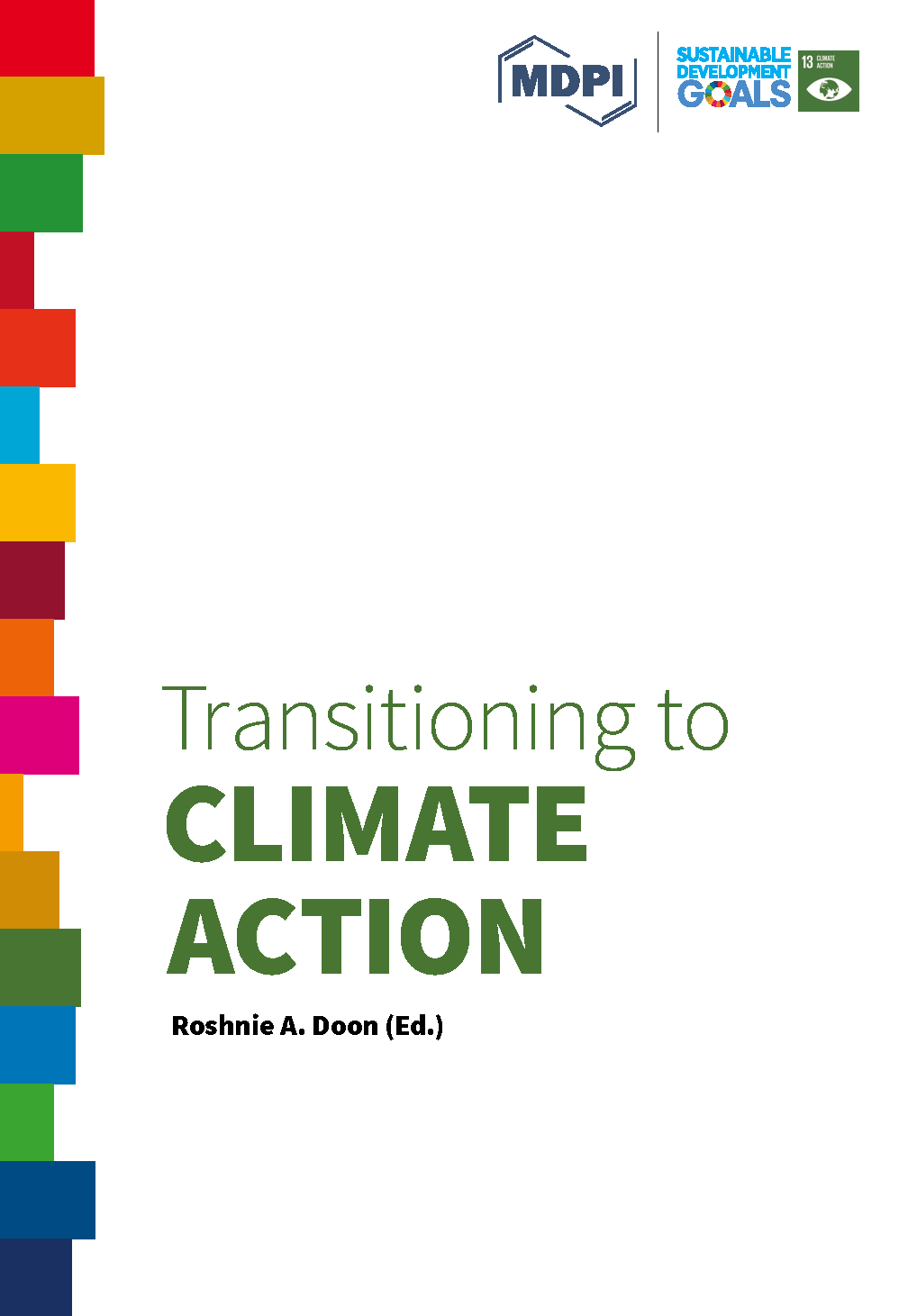Best Agronomic Practices to Mitigate the Transition of Climate Action
Climate change poses significant obstacles to agriculture, compounded by conventional farming practices that release greenhouse gases. However, adopting sustainable agronomic practices shows promise in tackling climate change impacts and promoting more resilient agricultural systems. There is a lack of comprehensive synthesis that integrates these agronomic practices specifically under the framework of nature-based solutions and evaluates their multifunctional roles in climate mitigation, resilience building, and ecosystem restoration. This study analyzes evidence on various agronomic solutions to minimize climate change’s negative effects. Practices such as minimal soil disturbance, continuous soil cover, improved nutrient cycling, agroforestry, organic farming, carbon farming, crop diversification, crop rotation, intercropping, cover cropping, integrated pest management, drought-tolerant crop varieties, and soil health management, mulching, and precision agriculture technologies (e.g., variable rate application, remote sensing, AI-based decision tools) can be identified as the best agronomic practices to enhance the resilience of farming systems to climate-related stressors. Other than that, these practices will help maximize the crop yield, biodiversity conservation, and farmer income. However, numerous social, economic, educational, and institutional barriers exist to the successful adaptation of climate-smart agronomic best practices. The scientific consensus, coupled with a growing body of practical experience, underscores the urgency and feasibility of scaling sustainable agronomy on a global scale. The development of integrated platforms represents the most transformative future direction, creating unified systems that connect all farm technologies to make coordinated decisions that improve both crop yields and climate benefits.
